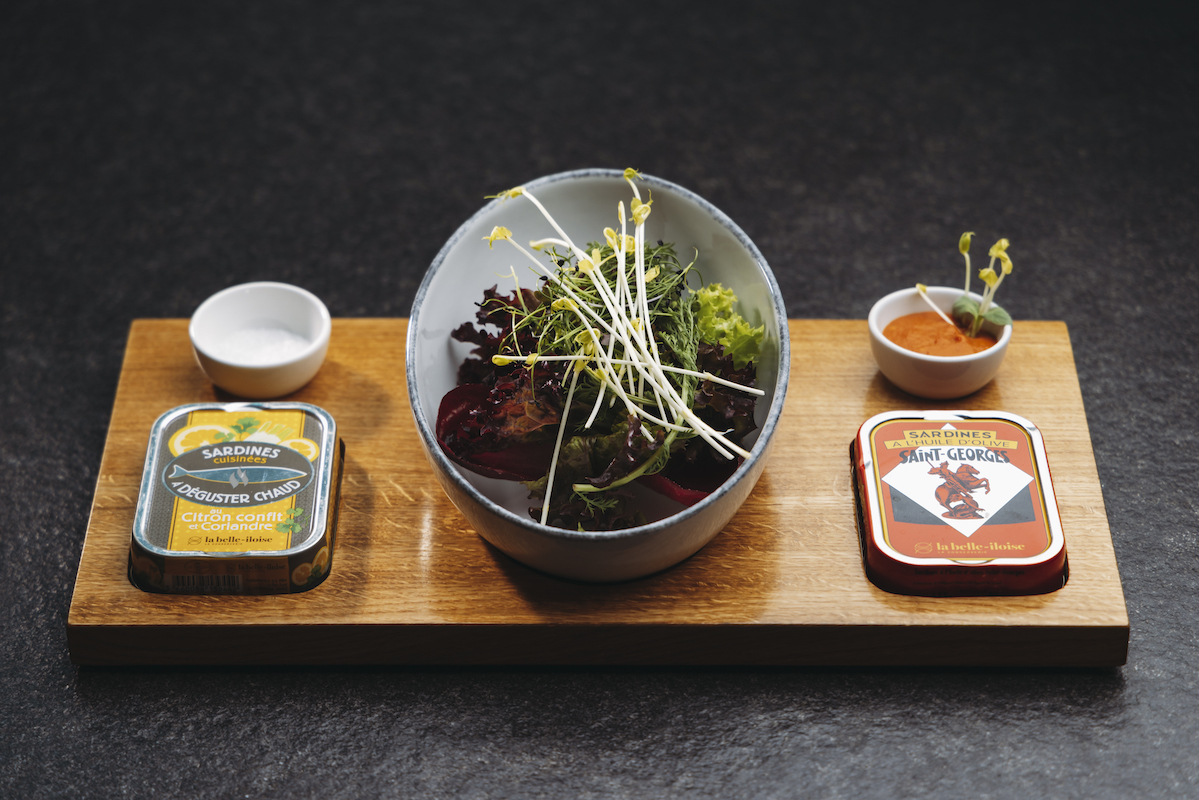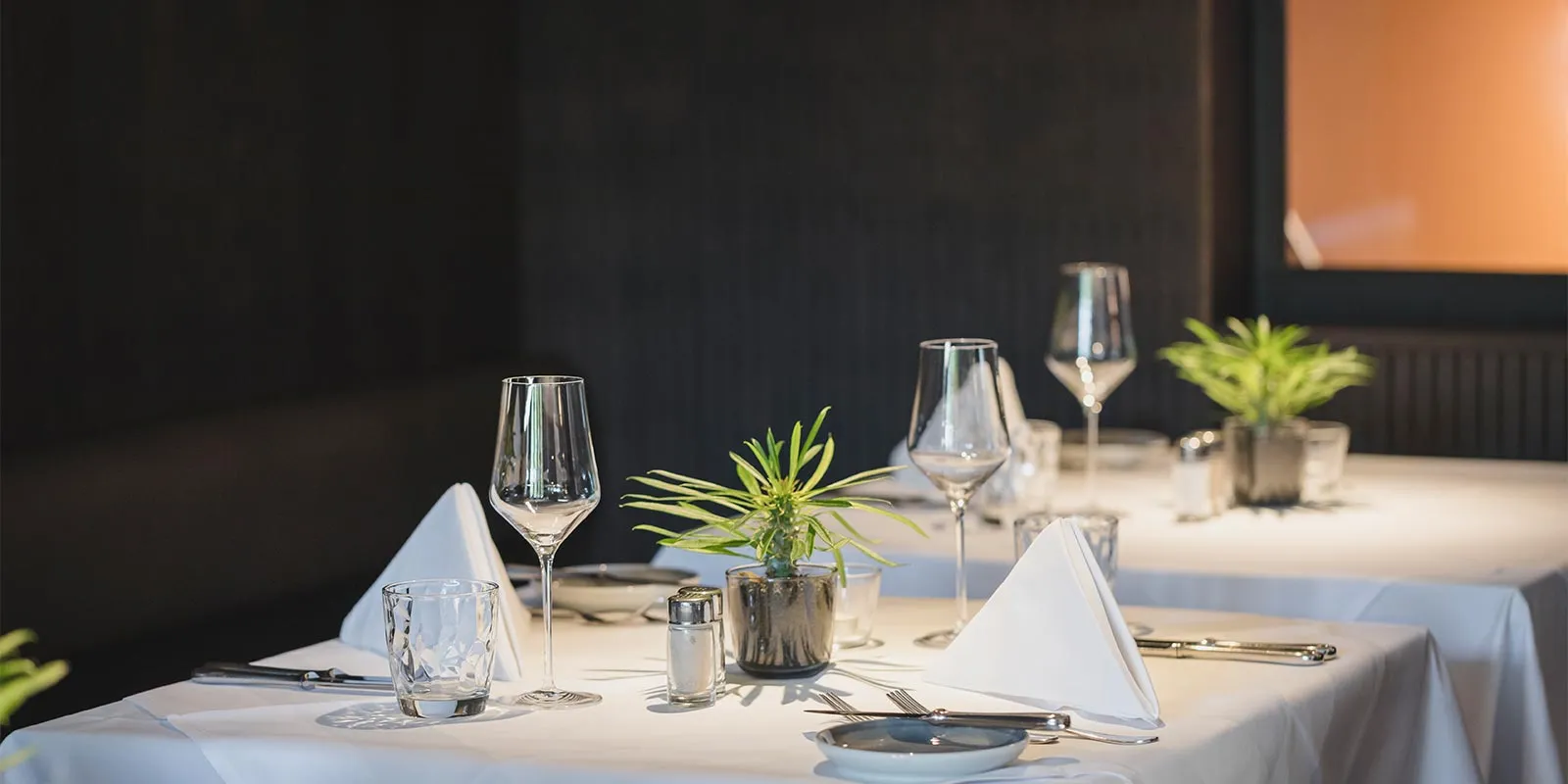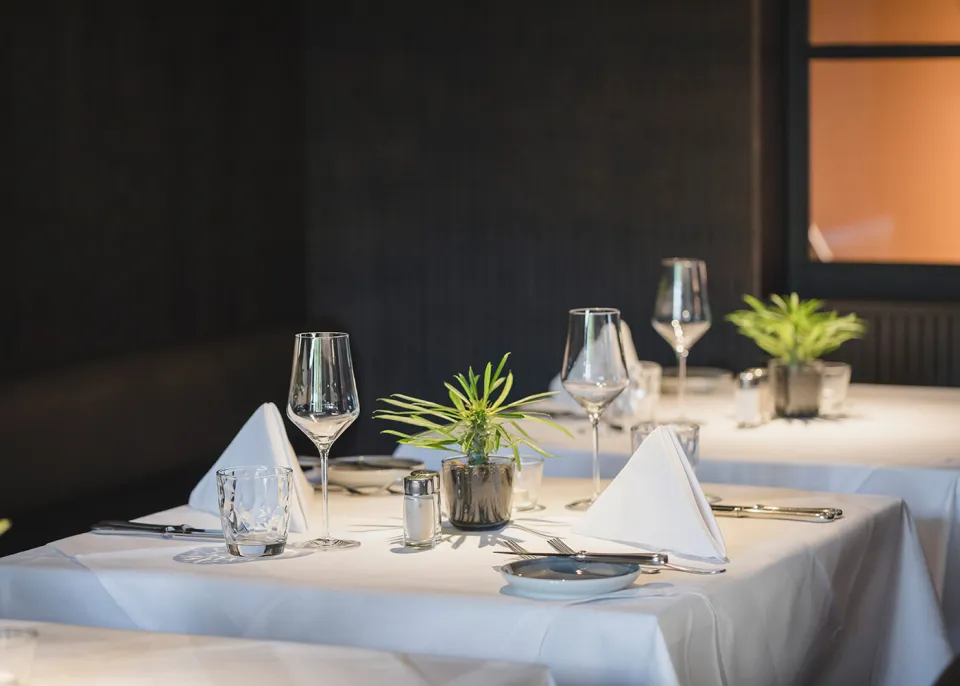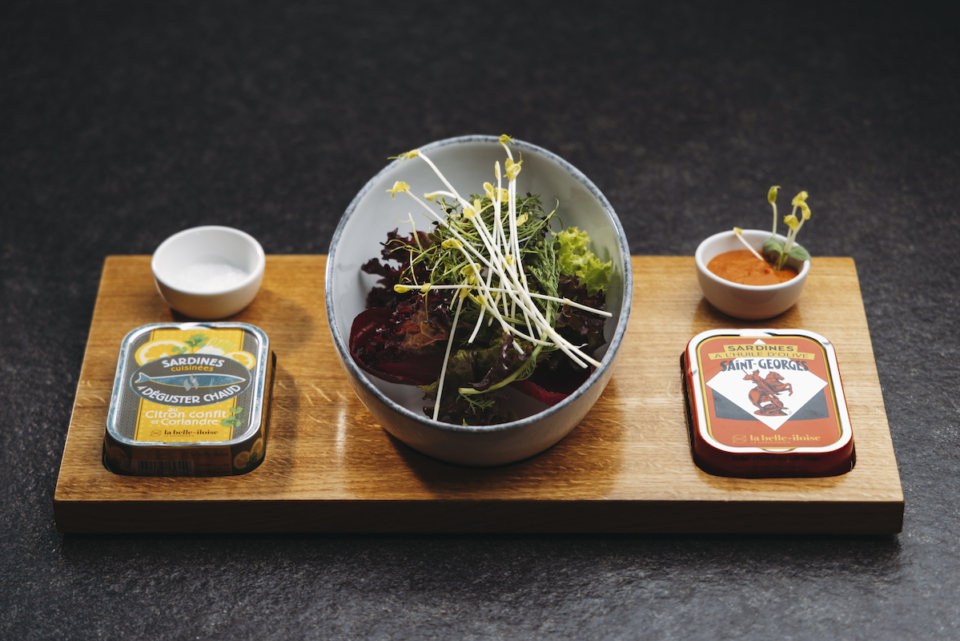

Sardines have a long history as a delicacy. They were already eaten by the Romans and the Phoenicians and were an important part of the diet of the population of Europe in the Middle Ages. In the 19th century, sardines were canned and could be exported worldwide, which contributed to their popularity.The last oiling refers to the practice of preserving sardines in oil, which gives them a special flavor. Nowadays, however, sardines are also preserved in water or tomato paste.To this day, the sardine remains a high quality product, rich in omega-3 fatty acids, vitamins and trace elements.
Since 1932, the company la belle-iloise has specialized in the sardine, creating over 30 different refinements. The company does not only respect the tradition but also the fish welfare and the regionality. All the products of different flavors are made in the near surroundings of Quiberon. Quiberon is a small, picturesque port town on the peninsula of the same name, in Brittany. The sardines are processed by hand directly in the port town according to a traditional recipe combined with a touch of innovation.
The history of vintage sardines dates back to the time when sardines were caught manually and there was no way to catch them all year round. Sardines were caught only during certain seasons, when they tasted best and were most nutritious. Only sardines caught in September are used. A time when they are at their qualitative peak - at least from the culinary and health point of view. Today, vintage sardines are still processed according to traditional methods and have a particularly high value in the delicatessen industry. They are often produced in small quantities and have a higher price than regular sardines.
A delicacy and a culinary work of art at the same time!


